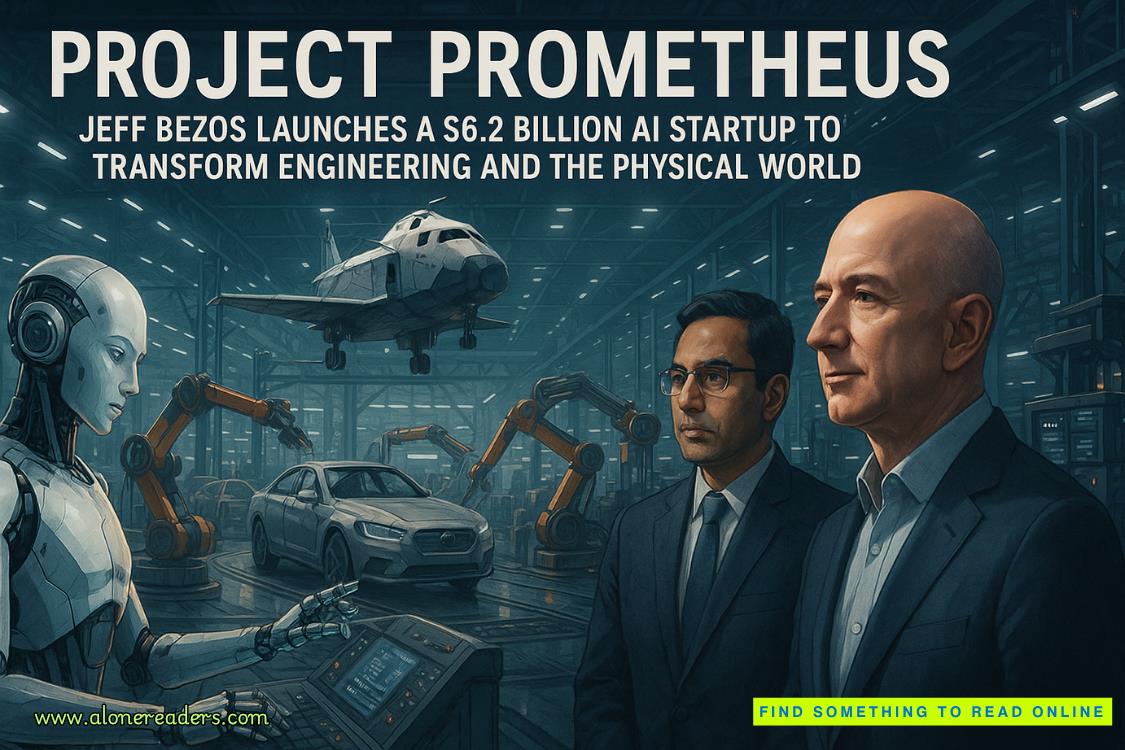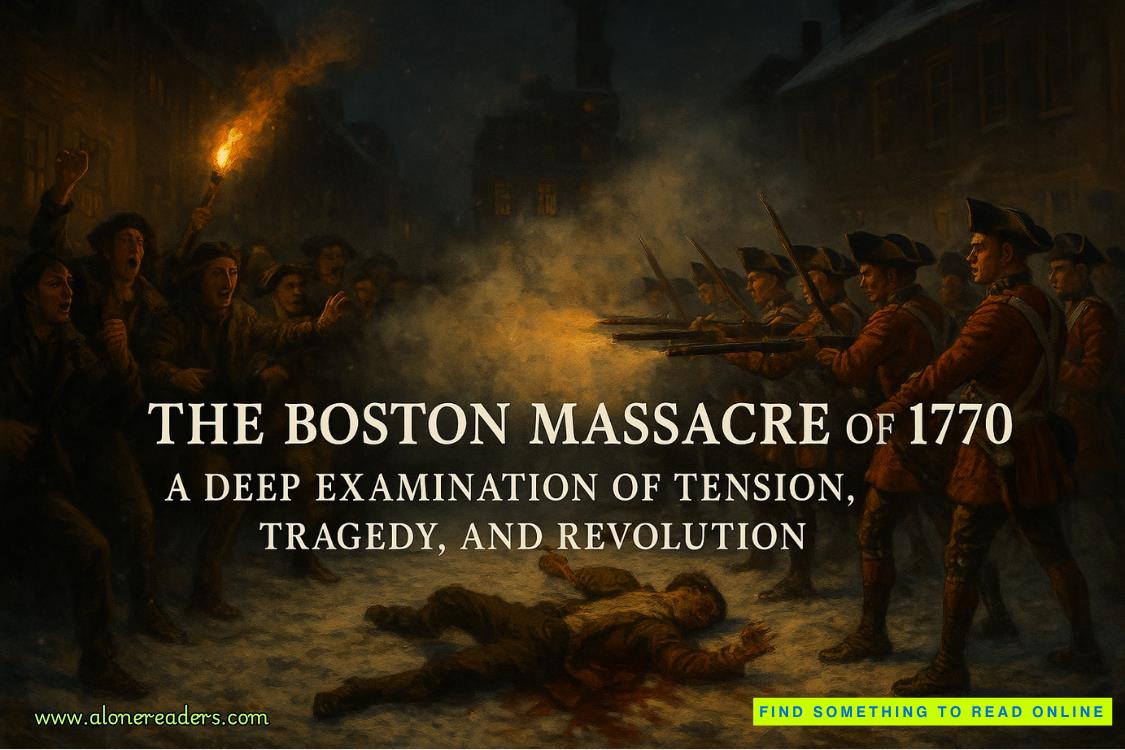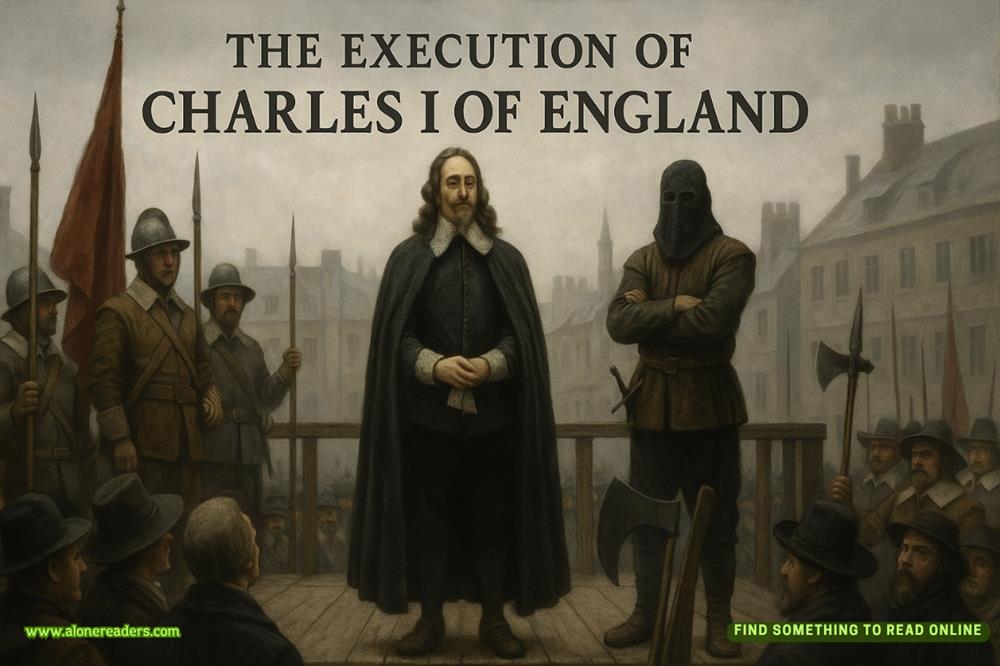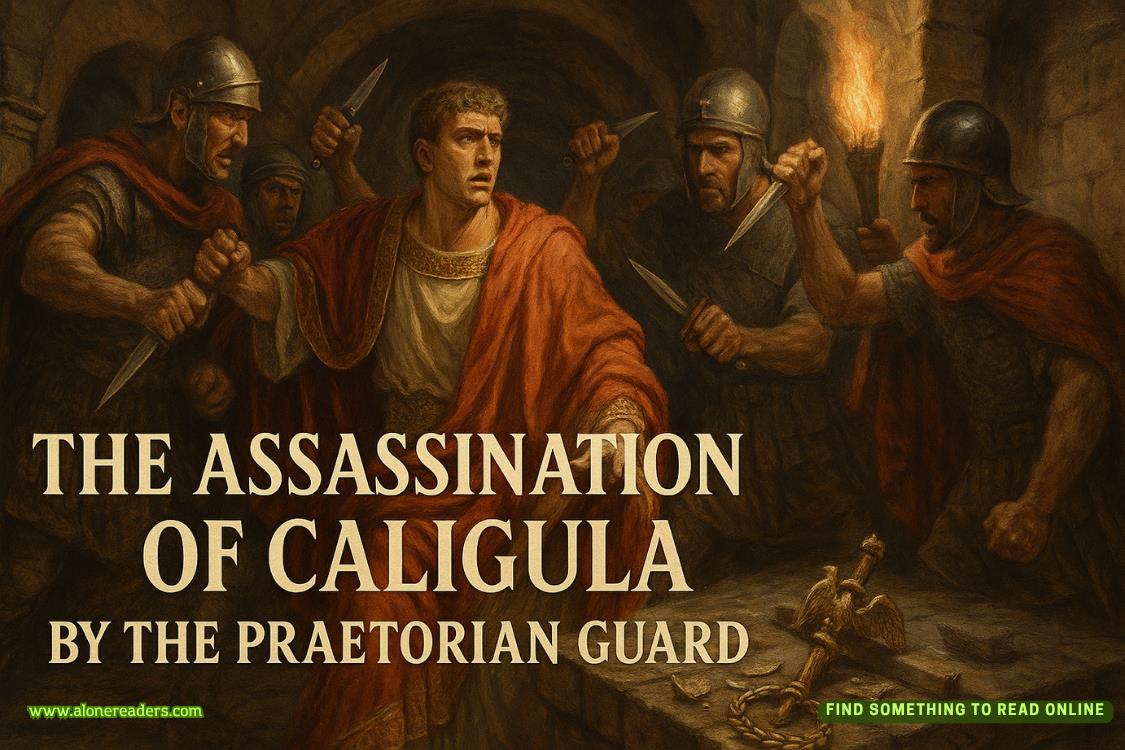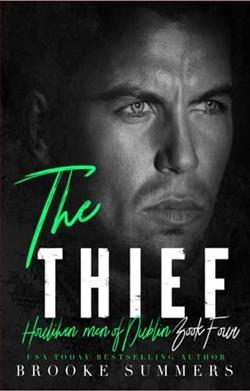Page 3 of The Girl and the Lies
I hate that my investigation has been corrupted like this. There are always details I want to keep to myself to protect the integrity of the investigation, but this time they’ve been stolen from me and splashed all over the evening news. Images of the symbol on the note have been posted alongside pictures of Terrence Brooks smiling during better times. Speculation has given way to full-blown rumors, and people are in an uproar.
The one good thing that has come of the media getting ahold of the story and running with it was the Ashbury Children’s Hospital getting in touch with me to tell me that they had something I needed to see. It’s what brought me to the hospital as I now sit in the director’s office and look at the sizable canceled check signed by the dead man.
“You received this after his death?” I ask the director.
Mary Billings looks at me through emotion-filled eyes. She nods. “He must have put it in the mail just before he died. No one was able to read the signature, and there wasn’t a name or return address on the envelope. It’s not the first time we’ve received a donation that couldn’t be attributed to a sender, but never something this large. We were trying to figure out who sent it so that we could properly thank them, but it wasn’t until I saw the news and heard about the symbol that I put it together.”
Her eyes suddenly look worried, as if she thinks she might have done something to upset me.
“I could be wrong. I still can’t really read the signature, so I don’t know for sure if it says ‘Terrence Brooks.’ It could be something else. Or someone else. I just saw the symbol on it, and I thought…”
I hold up a hand to quiet her.
“I believe you’re right,” I say. “The signature isn’t very clear, but it shouldn’t be hard to confirm that he purchased the cashier’s check. And you’re right about the symbol. That is the one that was used on the communications that went to the police department and to the media.”
“The news said that they were… on his body,” Mary says, hesitating as she speaks, like she intended to elaborate more but decided against it.
I don’t let my face show any change. “I can’t discuss the details of the case,” I tell her. “I can only confirm that this symbol is linked to Terrence Brooks and his death investigation. I really appreciate you bringing it to my attention.”
“There’s something else,” she says hurriedly.
I was starting to stand, ready to leave the meeting and go back to my investigation, but I stop.
“What is it?” I ask.
Her eyes move back and forth, like she is making sure no one else is in the room even though she knows it’s only us and the door is closed. There’s a hesitant energy around her, something that says she doesn’t want to talk about what she’s bringing up but feels like she has to.
“We received several threats before that check came,” she says.
“Threats?” I ask. “What kind of threats?”
“We received letters in the mail as well as phone calls threatening to bomb the hospital, destroy the power grid, and stage a mass shooting. We reported them to the police, but since they weren’t able to trace them to anyone, nothing was done. The day after the check arrived, another letter came.”
She reaches into the drawer of her desk and pulls out a folder. She slides it across the desk to me. I open it and find a single sheet of paper with a typed one-word message:
Released
Beneath the word, in the corner of the paper, a tiny version of the mysterious symbol is etched in pencil.
“We haven’t gotten any threats since. I can’t guarantee they have anything to do with each other. None of the threatening letters had the symbol on them, and the caller never said anything that connects them conclusively, but I thought it was strange and wanted to bring it up to you,” Mary tells me.
“Thank you,” I tell her. “Do you mind if I take this with me?”
She shakes her head. “Go ahead.”
“Thanks. Again, I appreciate you getting in touch with me and telling me about this. It is very useful.”
I stand and reach for her hand. She shakes mine as she stands, and I head for the door.
Walking through the hospital has a different feeling now that I know about the threats. I look at the children being led around by doctors and nurses, some riding little cars in lieu of wheelchairs, others attached to IVs and wearing gowns. I see the parents following behind or waiting in seating areas, their expressions a combination of fear and hope. They are all so invested in what the children are going through that they can’t think of anything else. They feel safe in the hospital, protected by the cheerful decorations and dedicated staff. They don’t know the threats that haunt Mary Billings and the rest of the administration.
The thought of someone planning to bring any harm to a place like this makes my blood boil. There’s no reason for it—nothing that could possibly justify, even in the most twisted mind, wanting to destroy a place like this and all the vulnerable, innocent people in it.
As I continue toward the exit, I hear my name and turn toward it. Mary is coming after me, and I pause to wait for her.
“I’m sorry, I know you were leaving, but I was wondering if you might be willing to do a favor for me. For the hospital, actually,” she says.
“What is it?” I ask.

